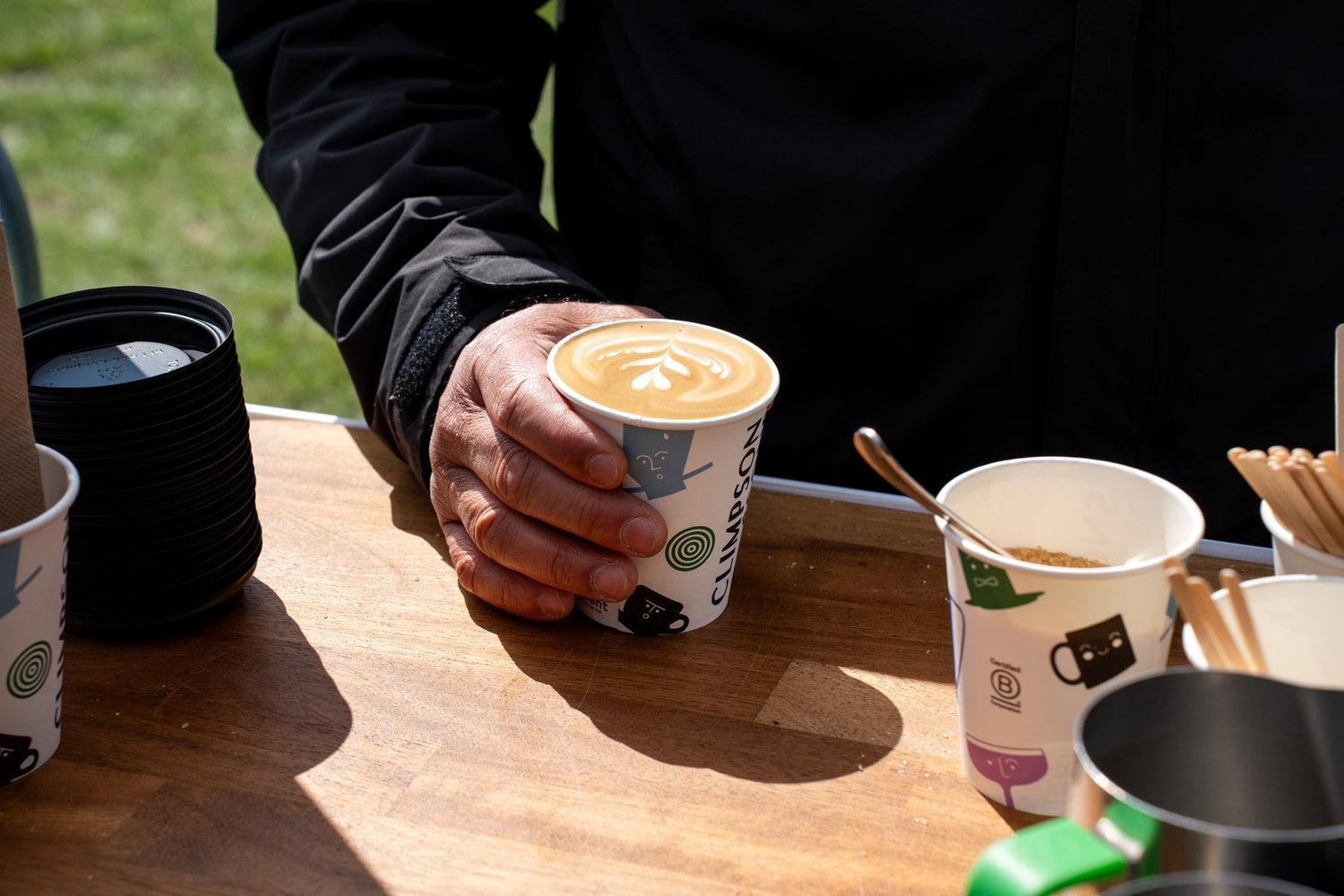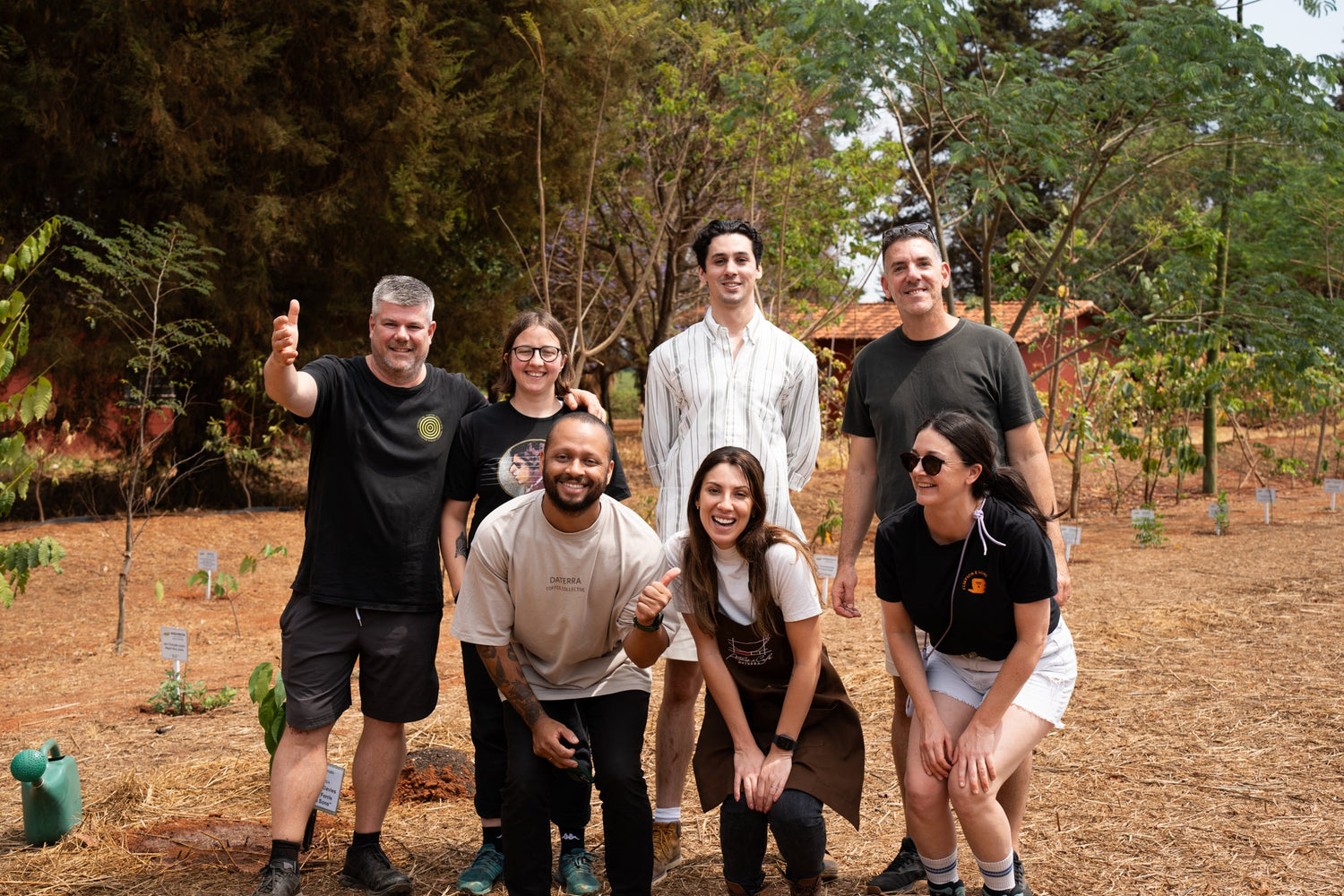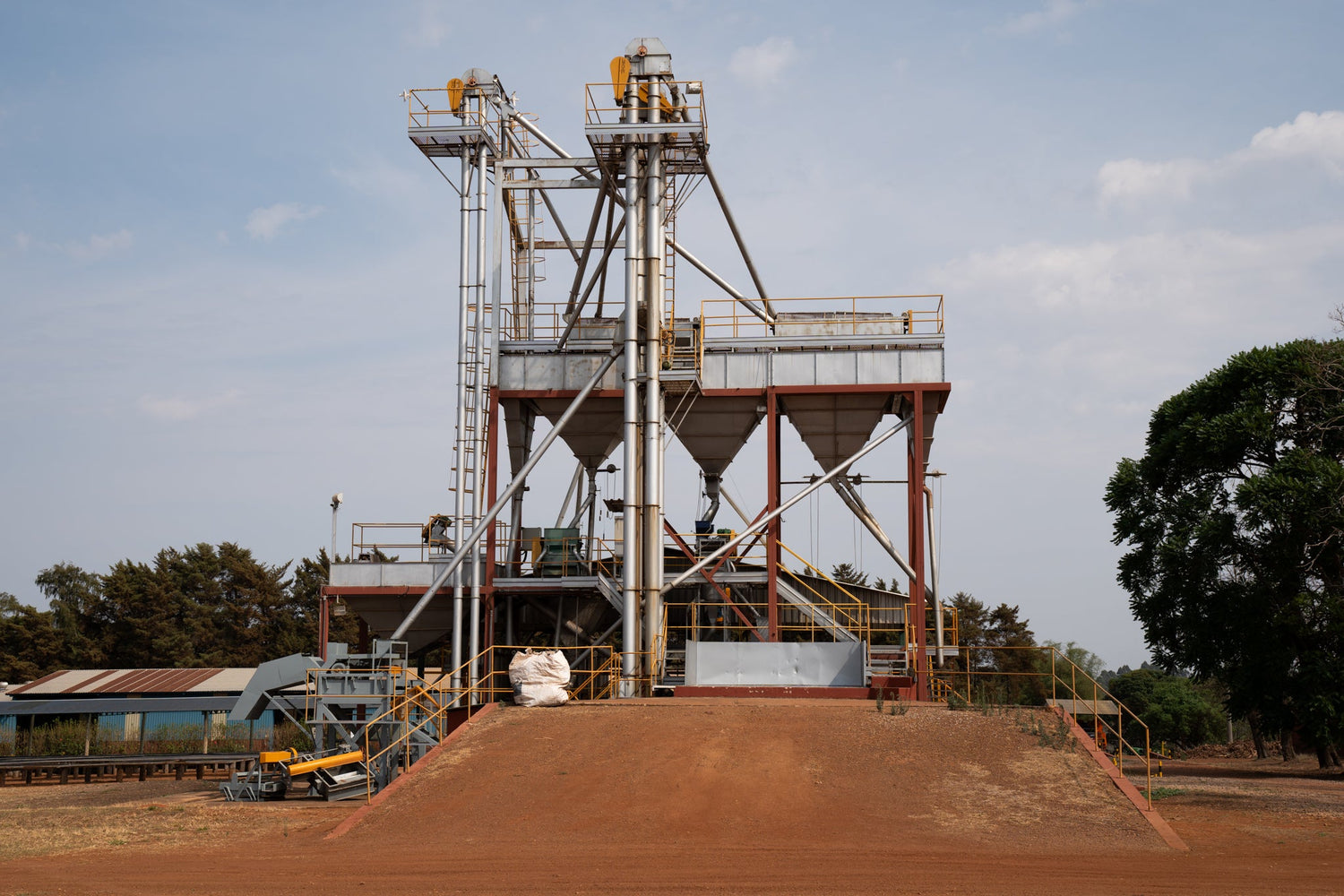Many of us are drawn to drinking coffee and tea not just for the flavour, but also for the positive effects of the caffeine stimulant they both contain. We might feel this as an increased alertness, energy or focus - a real motivation to get out of bed in the morning.
Some of us might also acutely feel the negative effects of caffeine. Anxiety and restlessness are not uncommon, as well as insomnia or sleep disturbances. For most, we’re looking for a happy balance of caffeine stimulation. Just enough to keep us focused throughout the day but not so much that we can’t sleep at night.
Because of these effects, having an insight into how much caffeine is in your cup can be incredibly useful.
While both tea and coffee contain caffeine, the way this content is calculated is based on dry weight and can be a bit confusing, with several potential variables to consider. Here's a breakdown…
What is dry weight?
Dry weight refers to the weight of the tea leaves or coffee beans after all the moisture has been removed. This is important because the water content can vary, affecting the overall caffeine concentration.

Caffeine content in tea:
-
Variable - The caffeine content in tea leaves can vary significantly depending on the type of tea (e.g., black, green, white), the growing conditions, and the processing methods. While there are exceptions of course, black tea typically has a higher caffeine content than green or white teas.
-
Average - On average, dried tea leaves contain about 3.5% caffeine by dry weight. This means that for every 100 grams of dried tea leaves, there are approximately 3.5 grams of caffeine.
-
Brewing impact - However, the actual amount of caffeine in your cup of tea will depend on several factors, including the amount of tea used, the water temperature, and the brewing time. In general, more tea, higher temperatures and a longer brewing time will all result in a higher caffeine content.
Caffeine content in coffee:
-
Variable - Similarly to tea, the caffeine content in coffee beans can vary depending on the type of coffee bean, the roasting process, and the brewing method.
-
Average - On average, roasted coffee beans contain about 1.1-2.2% caffeine by dry weight. This is lower than tea leaves, but the brewing process for coffee typically extracts much more caffeine.
-
Brewing impact: Coffee is usually brewed with hotter water and a higher coffee-to-water ratio than tea, which results in a higher caffeine concentration in the final cup. A loose leaf tea may be brewed using around 3g of tea, however, a filter coffee may be brewed using between 15g and 20g of coffee leading to more caffeine per cup.
Even though tea leaves have a higher percentage of caffeine by dry weight, a typical cup of coffee often ends up having more caffeine than a cup of tea. This is because:
-
Extraction: Hotter water extracts more caffeine from coffee beans.
-
Quantity: People generally use more coffee beans than tea leaves per cup.
What can you do to control your caffeine intake?

Get scientific
It is possible to measure the precise amount of caffeine in your cup using a Caffeine Spectrophotometer. This piece of equipment measures how much UV light is absorbed by the caffeine within a sample at different wavelengths, allowing accurate analysis of different varietals, roast profiles and brew methods.
However, this machine is a serious financial investment. At up to £3,000 you may prefer to monitor your caffeine intake using more subjective methods.
Check your varietals
If you do happen to be still drinking robusta (no judgement) you can instantly reduce your caffeine content by switching to arabica coffees, which contains approximately 50% of the caffeine content and a whole lot more of the flavour.
In recent years we’ve also seen the emergence of lower caffeine specialty coffee varietals, like the Laurina varietal that recently featured as our Showstopper coffee. The much lower caffeine content in Laurina and similar low-caff crops like Amarose or Coffea Excelsa, leads to a perceived lower bitterness when brewed and an impeccable delicate lightness of flavour.
Consider, how much coffee are you really drinking?
If you brew a big batch of filter and sip from it through the day it’s easy to consume a lot of caffeine, without noticing it (and yes that is 100% us at the Climpsons office). Instead try brewing a single pour over so you know exactly how much coffee is in your cup.
If you typically drink espresso, specialty cafes will serve a double shot as standard making it simple to half your caffeine content by switching for a single shot.
In summary:
Calculating caffeine based on dry weight gives you a baseline understanding of the caffeine content in tea leaves and coffee beans. However, the actual amount of caffeine in your drink will depend on various factors related to the brewing process.
The simplest way to reduce your caffeine intake is to drink less coffee. However, if you still want to enjoy drinking coffee throughout the day, start to taste, test and experiment with brew methods and recipes, switch to single shot espresso based drinks or start to explore the world of lower caffeine varietals.



